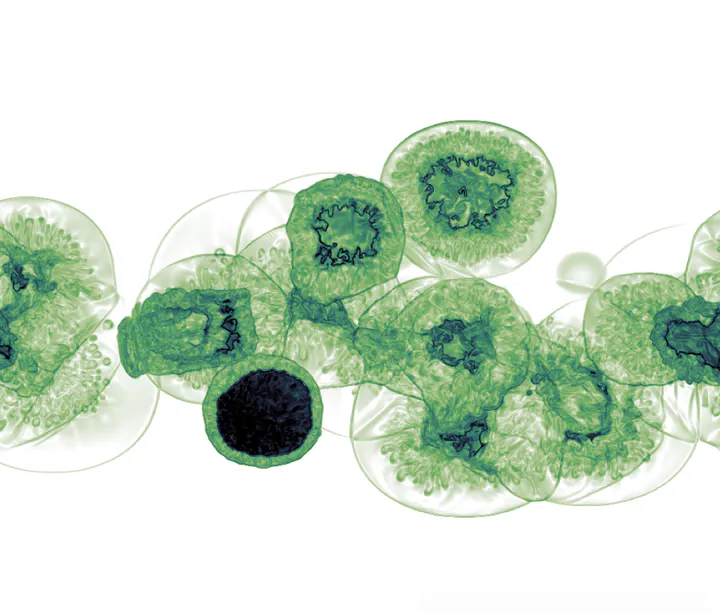So long Kolmogorov: the forward and backward turbulence cascades in a supernovae-driven, multiphase interstellar medium
Jan 20, 2025· ,,,·
0 min read
,,,·
0 min read
James R. Beattie
Anne Noer Kolborg
Enrico Ramirez-Ruiz
Christoph Federrath
 The baroclinic generation of incompressible modes in SNe-driven turbulence.
The baroclinic generation of incompressible modes in SNe-driven turbulence.Abstract
The interstellar medium (ISM) of disk galaxies is turbulent, and yet the fundamental nature of ISM turbulence, the energy cascade, is not understood in detail. In this study, we use high-resolution simulations of a hydrodynamical, gravitationally stratified, supernova (SNe)-driven, multiphase ISM to probe the nature of a galactic turbulence cascade. Through the use of kinetic energy flux transfer functions split into interactions between compressible uc and incompressible us modes, we show that there exists a large-to-small-scale cascade in both uc and us when mediated by an additional us mode. But the us cascade is highly non-local. Moreover, there is a uc mediated component of the us cascade that proceeds in the opposite direction – an inverse cascade from small-to-large scales. The cascade feeds flux into scales well beyond the scale height, energizing the winds and fueling the direct cascades. Both the strongly non-local and the inverse us cascades happen on scales that have a power law us energy spectrum, highlighting how degenerate the spectrum is to the true underlying physical processes. We directly show that the inverse cascade comes from us modes interacting with expanding SNe remnants (SNRs) and that us modes are generated to leading order via baroclinic, highly corrugated cooling layers between warm (T≲104K) and hot (T≫104K) gas in these SNRs. Finally, we outline a complete phenomenology for SNe-driven turbulence in a galactic disk, estimate a 10−16G Biermann field generated from SNR cooling layers, and highlight the strong deviations that SNe-driven turbulence has from the conventional Kolmogorov model.
Type